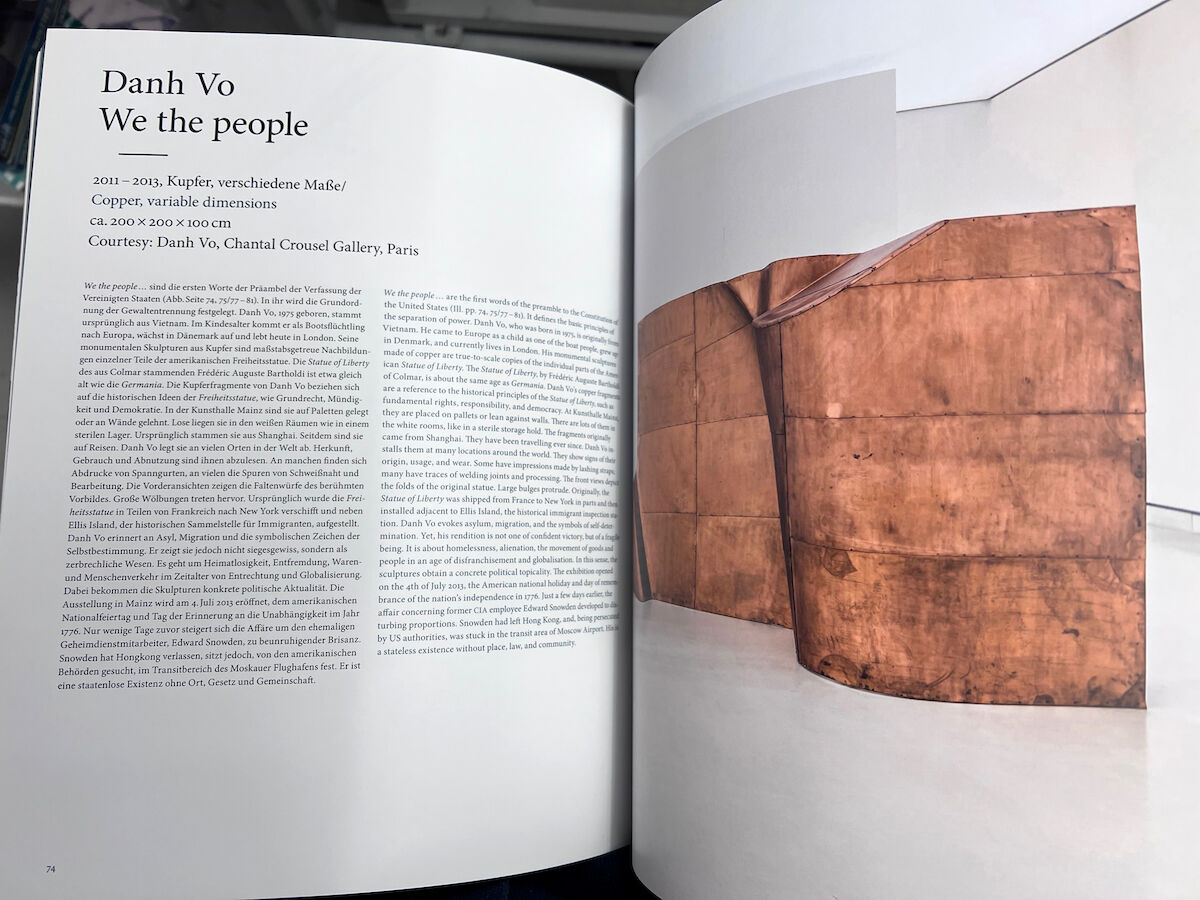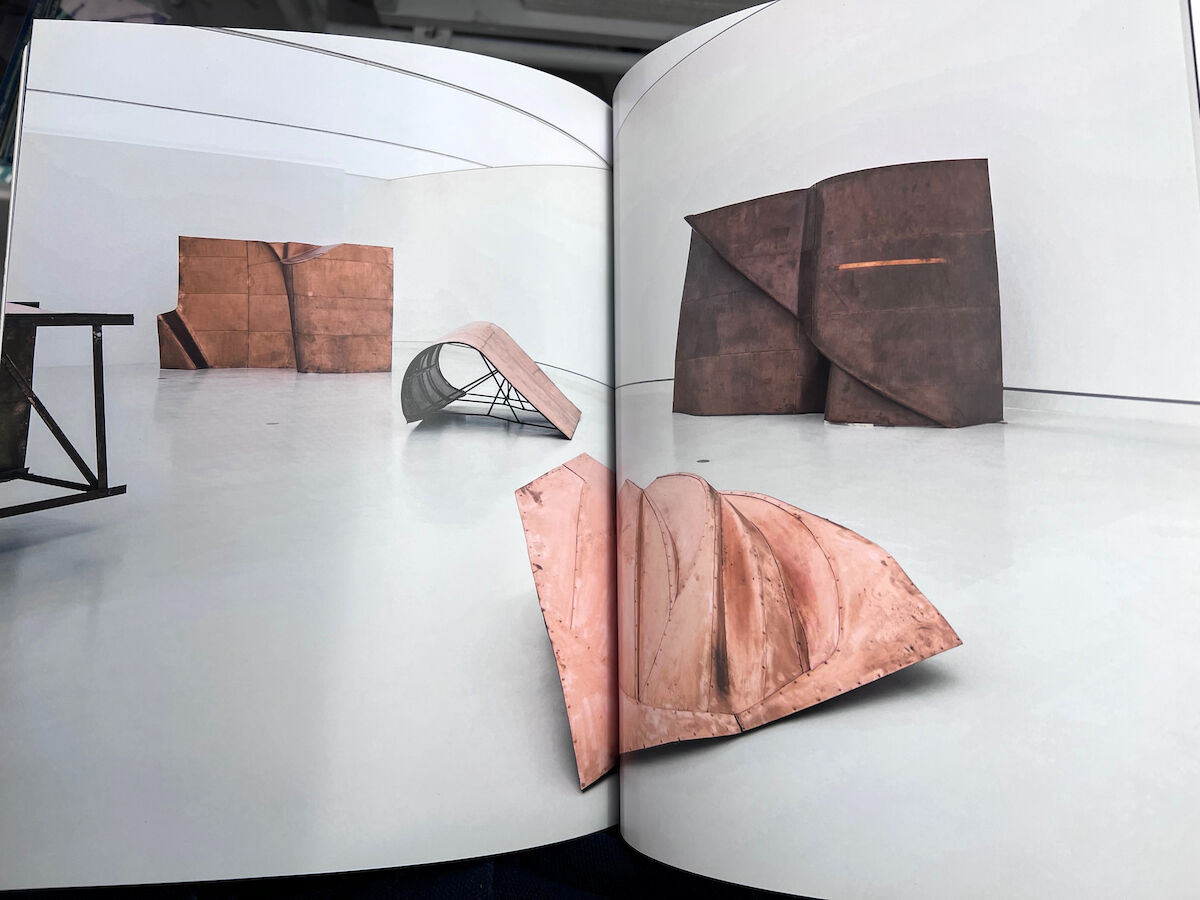Empire Without a Center
Nations and states establish a strong collective image by disseminating symbols of their rulers and erecting monuments and temples. In public spaces, statues in particular are seen to represent systems of political rule. They mark squares, urban nexuses, and mountain ranges--visible from afar. Once erected, they serve as a timeless demonstration of authority, emphasising irrefutable legitimacy.But how is power depicted today? Are statues still a democratically tenable form?
How does a nation present itself to the public? Where is its focal point?This publication accompanies the exhibition of the same name at Kunsthalle Mainz. Its hematic point of departure from the Niederwalddenkmal situated near Mainz, a monument that consists of a massive figure of Germania.Two important internationally active artists are featured here: Thomas Schtte and Danh Vo.Thomas Schtte's, Vater Staat (Father State) (2011) is a present-day counterpart to Germania.Danh Vo, a native of Vietnam, exhibits fragments of the American Statue of Liberty in their original size. Executed in copper repouss, the individual parts are displayed on pallets as symbols of inquiry into the nation in an age of emigration, loss of homeland, and globalization.Published retrospectively after the exhibition, Thomas Schtte / Danh Vo: Das Reich ohne Mitte (The Empire Without a Center) at Kunsthalle Mainz, Germany.













